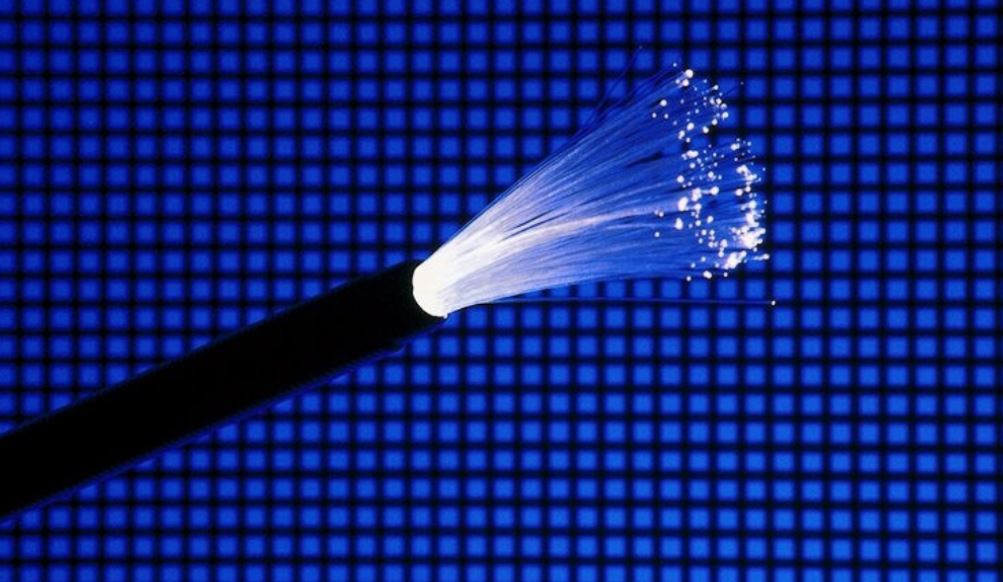Few recent hardware developments have generated quite the same buzz as fibre optic cabling, but amid the earnest fanfare in tech blogs, websites, and magazines about how fibre cabling is the wave of the future, the less technically-minded could be forgiven for wondering what, exactly, fibre cabling offers that good old copper cabling can’t.
The answer is both simple and complicated: fibre cabling provides unquestionably better service, and its cutting-edge design means that more information can be transmitted more quickly. But what this means for businesses and individuals is naturally a little harder to explain.
This problem arises partially from the fact that, despite the foundational role that structured cabling plays in the functioning of the modern world, it is largely hidden away from the ordinary observer.
The hundreds of thousands of kilometers of cabling that channel millions of phone calls, file transfers, banking transactions, and social media posts every minute are intentionally designed to stay discretely hidden, and no one thinks about the quality of their connection until their device slows down.
But every connection relies on an inconceivable amount of information being relayed around the globe instantly, and this would be impossible without the solid IT infrastructure that can be found in every office building and home. It is in the realm of this infrastructure that fibre cabling is so essential.
Traditionally, telecommunications traffic has travelled through a network of copper cables. Copper was chosen for its conductive properties, but also for its affordability. Fibre optic cabling, on the other hand, uses pulses of light sent along tiny bundled fibres of glass or plastic.

These pulses of light can travel much faster and further than electronic pulses along copper wire, and so among the many benefits of installing fiber optic cables is the fact that they require less frequent signal boosting and are on the whole a more efficient way of sending information.
While copper cabling remains dominant around the world, as the benefits of fibre cabling become apparent, this is starting to change — especially in urban areas. It will not be long before copper goes from being a serviceable but standard option to being an out-dated one, and as has been the case with so many technological developments over the past twenty-five years, it is much better to be an early adopter than a late one.
For companies that want to stay ahead of the curve by installing fibre optic cabling in their own buildings, the best way to do so for Canadian companies is by hiring a network cabling Toronto company like ExcelLinx Communications. ExcelLinx specializes in a wide range of cabling and telecommunication solutions, and provides a full-service approach that covers everything from initial consultation to installation and maintenance.
Increasingly, speed is at the heart of competitiveness in communications, and companies that have the tools to ensure that their operations are never slowed down by poor connections or sluggish signals are far better placed to deliver services and meet client needs than those who continue to use the same old hardware tools that have been used for decades.
